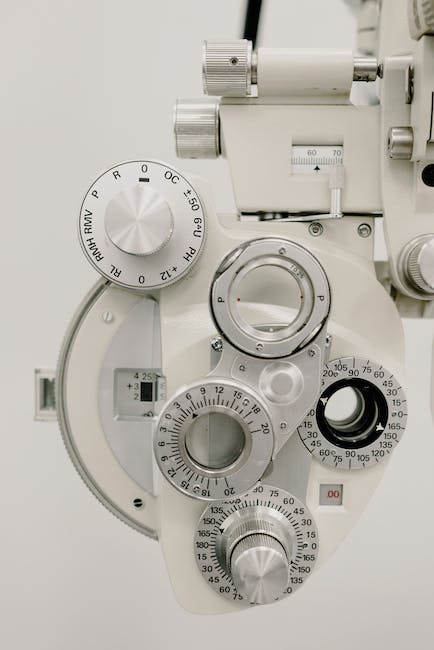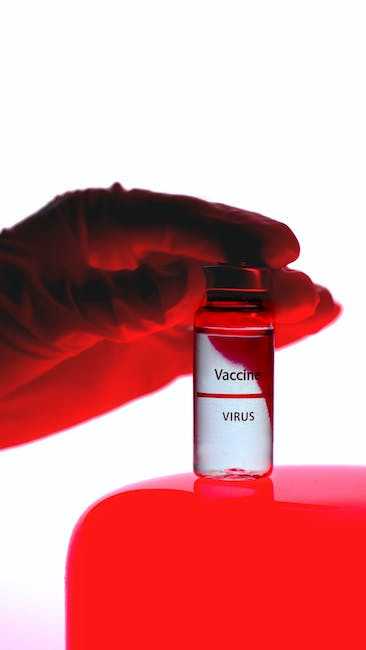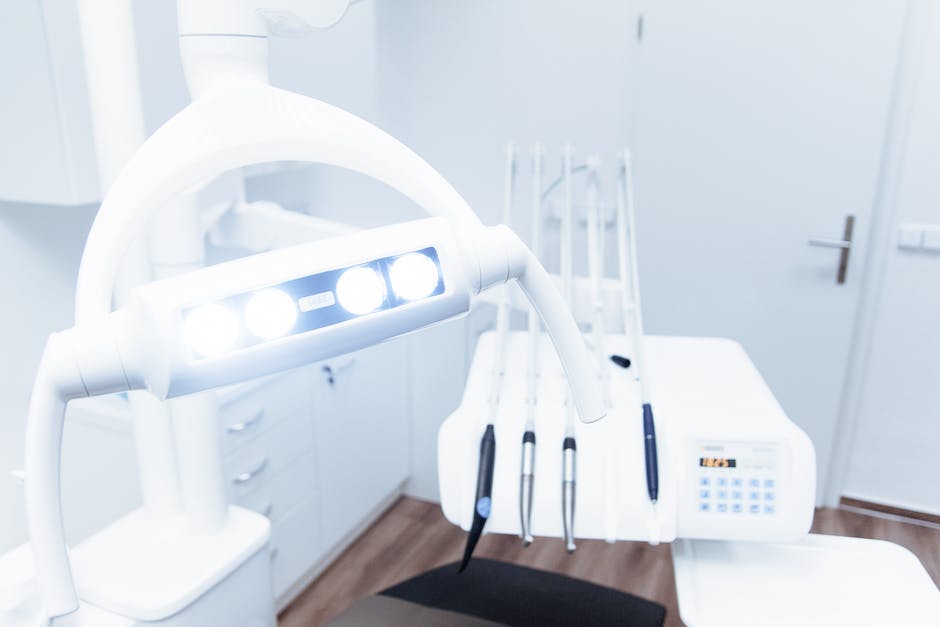
Recognizing Symptoms of Tennis Elbow
Understanding how to diagnose tennis elbow involves recognizing the primary symptoms of tennis elbow. The first step towards detection may be associating with persistent elbow pain, especially in your dominant arm. This pain originates from damaged muscles and tendons that are overused in activities that require gripping and twisting actions.
The pain tends to worsen over time and can extend from the outer part of the elbow into the forearm and wrist. If this discomfort exists and especially intensifies when you shake hands, turn a doorknob or lift weights, it could signal tennis elbow. This pattern is distinctive and understanding this helps in how to diagnose tennis elbow.
The Connection between Tennis Elbow and Playing Tennis
Though it’s named after the sport, not everyone who has tennis elbow actually plays tennis. Nonetheless, tennis players are not spared either. A good percentage of them, particularly those with poor stroke techniques, are prone to this condition. The use of a small racket handle or a heavily weighted racket may contribute to these symptoms.
Engaging in other activities that put the same type of strain on the forearm and elbow can also cause tennis elbow. These include weightlifting, carpentry, painting, knitting or playing musical instruments. Hence, whether you play tennis or not, understanding the activities that can cause tennis elbow is critical in its diagnosis.

Role of Imaging Tests in Diagnosing Tennis Elbow
Apart from recognizing symptoms, doctors might need to use imaging tests to confirm the diagnosis. These tests also help in ruling out other conditions that might cause elbow pain, such as arthritis. The two main types of imaging tests used for diagnosing tennis elbow are X-rays and a Magnetic Resonance Imaging (MRI) scan.
The MRI uses radio waves and a strong magnetic field to generate images of the body’s internal structures. This can show more detailed images of soft tissues like muscles and tendons, which helps determine whether these show signs of overuse and damage. On the other hand, X-rays provide images of dense structures, like bones, and can identify any changes in the elbow joint that might be causing pain.

The Importance of Physical Therapy in Diagnosing Tennis Elbow
Physical therapy plays a substantial role in how to diagnose tennis elbow. A physical therapist examines the elbow for signs and symptoms of tennis elbow. During this examination, the therapist may apply pressure to the affected area or ask the patient to move their arm in various ways.
Furthermore, depending on the exact location and severity of the pain, your doctor may assess your wrist’s grip strength. They might also analyze your tendons and muscles to check for inflammation or any damage which may potentially conclude the presence of tennis elbow.

Nonsteroidal Anti-Inflammatory Drugs (NSAIDs)
Doctors might advise using Nonsteroidal Anti-Inflammatory drugs (NSAIDs) to reduce pain and inflammation. These are key parts of the treatment for tennis elbow. Anti-inflammatory drugs NSAIDs may be provided over the counter or as prescriptions and can be taken several times a day, in the form of tablets, creams or gels.
However, while these drugs can help manage the symptoms, they do not cure the condition. The fundamental need is to rest the arm and avoid any activities that strain the injured muscles and tendons.

Utilizing Treatment Options
There are numerous treatment options if you’re diagnosed with tennis elbow. These might include rest and physical therapy, which aim to strengthen your forearm muscles and restore your arm’s functionality. Specific exercises recommended by your doctor or therapist can also alleviate the symptoms and prevent you from getting tennis elbow again.
For cases where pain becomes severe or chronic, Extracorporeal Shock Wave Therapy could be a choice. This treatment aims to promote healing and reduce pain, employing sound waves to stimulate your body’s natural healing process.

Elbow Joint Treatment for Tennis Elbow
The elbow joint is considerably involved when it comes to tennis elbow, and treatment targeting this specific part of the elbow can assist in healing. For example, injections of platelet-rich plasma, botulinum toxin or some types of steroids can provide temporary relief.
Furthermore, in some cases, surgery may be necessary to remove the damaged part of a tendon. This process typically happens when other treatment options have failed to provide relief over a period of six to twelve months.

Recovering from Tennis Elbow
Recovery involves ensuring you give your arm adequate rest and refrain from the activity that caused your elbow pain. Recovering from tennis elbow might take several weeks or even months, depending on the severity of the damage.
A well-planned, gradual return to your usual activities is highly recommended. It’s also essential to prioritize following your doctor’s advice or therapist’s guidelines post-diagnosis to ensure a smooth recovery.

Preventing Tennis Elbow
Equally important to learning how to diagnose and treat tennis elbow is learning how to prevent tennis elbow. Certain modifications in your daily routine and activities can significantly reduce the risk. These changes might include using equipment appropriate to your ability, strength, and body size, performing exercises to strengthen the muscles of your forearm, and ensuring regular breaks to avoid overuse.
If you’re a tennis player, it might be beneficial to have an instructor examine your technique and assist in making the necessary adjustments. Enhanced technique can greatly reduce the stress placed on your muscles and tendons, ultimately lowering your risk of tennis elbow.
1. How do you diagnose tennis elbow at home?
It’s advisable to consult a healthcare professional for diagnosis but initial signs include persistent elbow pain, difficulty in lifting weights, or pain while shaking hands.
2. What are the main symptoms of tennis elbow?
The primary symptoms of tennis elbow are elbow pain which may extend to the forearm and wrist, discomfort while gripping and twisting objects and in severe cases, weak grip strength.
3. How does playing tennis cause tennis elbow?
Incorrect stroke techniques, playing with a small racket handle or a heavy racket, and not getting a proper grip can cause tennis elbow.
4. What imaging tests are used for diagnosing tennis elbow?
X-rays can detect changes in the elbow joint while an MRI effectively images soft tissues like muscles and tendons.
5. How does physical therapy help in diagnosing tennis elbow?
A physical therapist examines the patient’s elbow for any signs of inflammation or damage to muscles and tendons. They might also evaluate the patient’s arm movement and grip strength.
6. What role do Nonsteroidal Anti-Inflammatory drugs (NSAIDs) play in the treatment for tennis elbow?
NSAIDs can reduce pain and inflammation. They can be given as prescription medications or over-the-counter and taken several times a day.
7. What are some treatment options for tennis elbow?
Treatments include rest, physical therapy, exercises, Extracorporeal Shock Wave Therapy, injections of platelet-rich plasma, botulinum toxin or some types of steroids, and in severe cases, surgery.
8. How can the elbow joint be targeted for tennis elbow treatment?
Treatments may involve injections that provide temporary relief. In cases where relief isn’t achieved over a long period, surgery may be done to remove the damaged tendon.
9. How long does recovering from tennis elbow take?
Recovery may take weeks or months depending on the severity and involves rest, refraining from engaging in the activity that caused the pain, and gradually returning to your usual activities.
10. How can tennis elbow be prevented?
Prevention strategies include using appropriate equipment, strengthening forearm muscles, taking regular breaks to avoid overuse, and for tennis players, correcting stroke techniques with the aid of an instructor.








No Comment! Be the first one.